
Have you ever found yourself wondering about seemingly ordinary things, like why hot food cools down when you blow on it or why our fingers wrinkle in the bathtub? Since childhood, these simple yet fascinating questions have sparked our curiosity. From the colors of the sky to the way magnets work, the world is filled with wonders waiting to be explored. Let's dive into ten questions you've always wanted to ask and uncover the intriguing science behind everyday phenomena.

Blowing on something to cool it down relies on a principle known as convection, a process where moving air increases the rate of heat transfer from a hot object to the cooler air around it. When you blow air on something warm, like a spoonful of hot soup, you're doing two things:
Removing heated air: Warm air surrounding the hot object is displaced by the cooler air from your breath. Since air can absorb heat, removing the heated air that's directly in contact with the object helps in reducing its temperature.
Increasing evaporation rate: If the object is moist, like hot food or drink, blowing on it increases the evaporation rate of the moisture. Evaporation is a cooling process because it requires heat energy from the object to change the water from liquid to vapor, thereby reducing the object's temperature.
The effectiveness of this cooling method is influenced by the temperature and humidity of the surrounding air, as well as the speed and consistency of the airflow. In essence, blowing on something enhances heat transfer through convection and evaporation, leading to a quicker reduction in temperature.
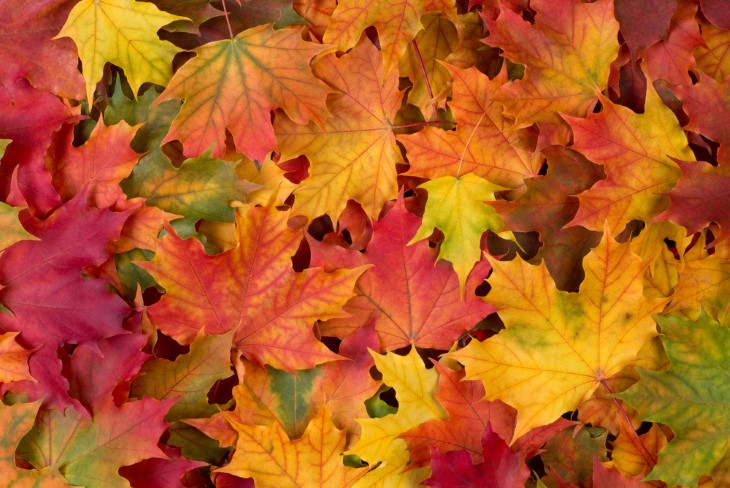
Leaves change color in the fall due to changes in daylight and temperature, which reduce the production of chlorophyll in the leaves. Chlorophyll is the pigment that gives leaves their green color and is crucial for photosynthesis, the process by which plants use sunlight to produce energy.
As the days become shorter and cooler in autumn, plants begin to block the transport of water and nutrients to the leaves and slow down the production of chlorophyll. This reduction reveals other pigments that were always present in the leaves but were masked by the dominant green chlorophyll. Carotenoids, which produce yellow and orange hues, and anthocyanins, responsible for red and purple colors, become visible, giving the leaves their vibrant fall colors.
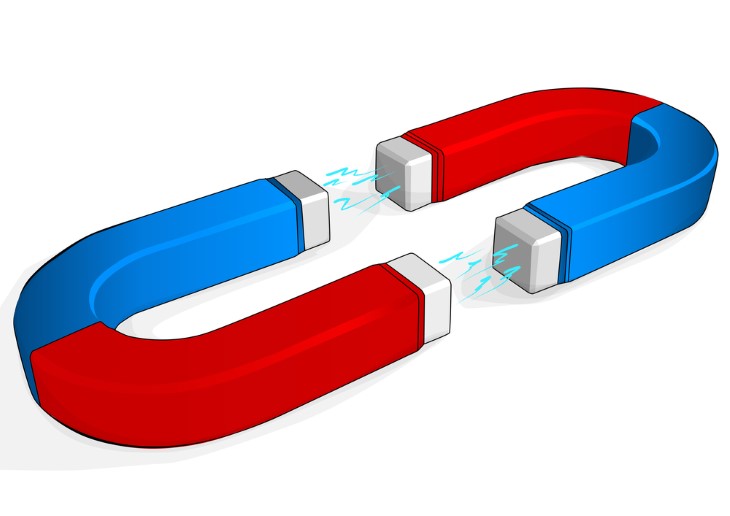
Magnets work due to the motion of electric charges, which creates a magnetic field. This field is invisible but is the force that attracts or repels other materials. At the atomic level, magnetism is caused by the movement of electrons, which have a negative charge and orbit the nucleus of atoms. In most materials, electrons spin in random directions, and their magnetic forces cancel each other out.
However, in magnetic materials like iron, nickel, and cobalt, groups of atoms are in regions called domains, where the electrons spin in the same direction. When these domains align, the material becomes magnetized. The magnetic field has a direction, flowing from the magnet's north pole to its south pole, and this field is what attracts or repels other magnetic objects or materials susceptible to magnetism.
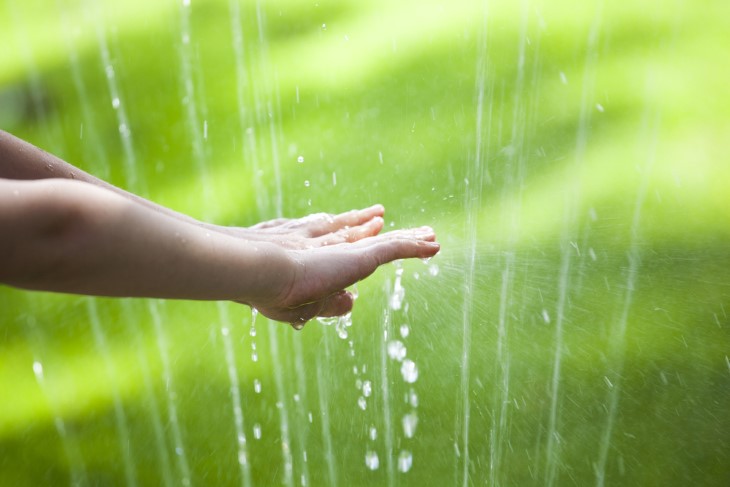
Fingers and toes prune in water as a response to prolonged wet conditions. For a long time, it was believed that this wrinkling was simply the result of the outer layer of skin absorbing water and swelling. However, more recent studies suggest that this wrinkling is a controlled process by the nervous system. When the body detects waterlogged conditions, it causes the blood vessels under the skin to constrict in specific patterns.
This constriction reduces the volume under the skin, causing it to pucker and form ridges and troughs that make up the wrinkled appearance. The prevailing theory for why our bodies do this is that it improves our grip on wet or submerged objects, similar to the treads on a car tire that help maintain traction in the rain.

The phases of the Moon are caused by its orbit around Earth, which changes how much of the Moon's surface we can see illuminated by the Sun. As the Moon orbits Earth, different portions of its surface are lit up by the Sun, leading to the various phases, from New Moon to Full Moon and back. The cycle starts with the New Moon, when the Moon is positioned between Earth and the Sun, making the side facing Earth unlit and invisible.
As the Moon moves around Earth, a growing (waxing) portion of its sunlit side becomes visible, leading to the First Quarter and then to the Full Moon, when the entire face of the Moon we see is illuminated. After reaching Full Moon, the visible light portion starts to decrease (wane) through the Last Quarter phase, returning to the New Moon. This cycle is a result of the Moon's position relative to Earth and the Sun and takes approximately 29.5 days to complete.

Stars twinkle due to the effect of the Earth's atmosphere. When light from a star travels through the vacuum of space, it moves in a straight line. However, once this light enters the Earth's atmosphere, it encounters layers of air at different temperatures and densities, which causes the light to refract, or bend, slightly. This bending of light varies as the atmosphere shifts and moves, caused by the wind and changing thermal gradients.
Since the light paths are constantly changing, the amount of light entering our eyes from the star fluctuates, making the star appear to twinkle or sparkle. This effect is technically known as atmospheric scintillation. Planets, which are closer to us and appear as larger discs in the sky, usually don't twinkle because their larger apparent size means the varying light paths average out, so any twinkling effects are less noticeable.
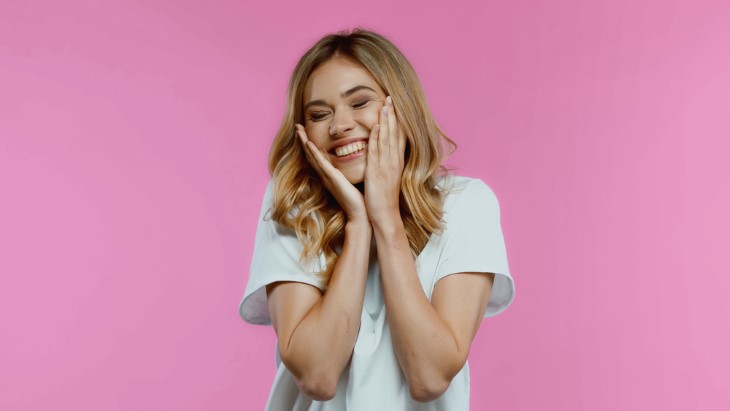
Blushing is a physiological response that can occur in social situations, often triggered by emotions such as embarrassment, shame, or nervousness. It's characterized by the reddening of the face, which can also extend to the neck and ears. The underlying mechanism involves the autonomic nervous system, specifically the sympathetic nervous system, which is responsible for the 'fight-or-flight' response. When a person experiences a strong emotion, this system triggers the dilation of blood vessels in the face, increasing blood flow to the skin and causing the characteristic redness.
This involuntary reaction is thought to be a form of nonverbal communication, signaling remorse, sincerity, or a desire to restore social harmony after a social transgression. Evolutionarily, it may have served as a signal of social awareness and a tool for reinforcing social bonds or deterring socially unacceptable behavior.

Fire might look like a thing, but it's actually a process called combustion. To have fire, you need fuel (something to burn), oxygen from the air, and enough heat to kickstart the reaction. During combustion, the heat causes the fuel to release gases that react with oxygen. This reaction happens very quickly, generating even more heat and producing light – that's what we see as the flame. The flame itself is made of hot, glowing gases and sometimes tiny particles of unburned fuel called soot. After the fire, you're usually left with invisible gases like carbon dioxide and water vapor, and maybe some ash or smoke if there was leftover fuel.

This one doesn't actually have one single, definitive answer. However, here are the most popular theories researchers believe contribute to this common behavior:
Getting more oxygen: When we're tired or bored, our breathing might become shallower. Yawning could be our body's way of taking a deep breath to increase oxygen in the blood.
Cooling the brain: The act of yawning involves stretching facial muscles and increasing blood flow to the face and neck. Some researchers believe this might help cool down an overheated brain, promoting alertness.
Social cue: Yawns are famously contagious. It's possible that yawning evolved as a way of synchronizing a group – signaling tiredness, boredom, or the need to be more alert.
Arousal and alertness: We often yawn when tired, but also when transitioning to a different state, like waking up. This suggests yawning might function as a way to increase alertness and help us switch mental gears.
It's likely a combination of these factors that cause us to yawn. More research is needed to fully understand this slightly mysterious bodily function!
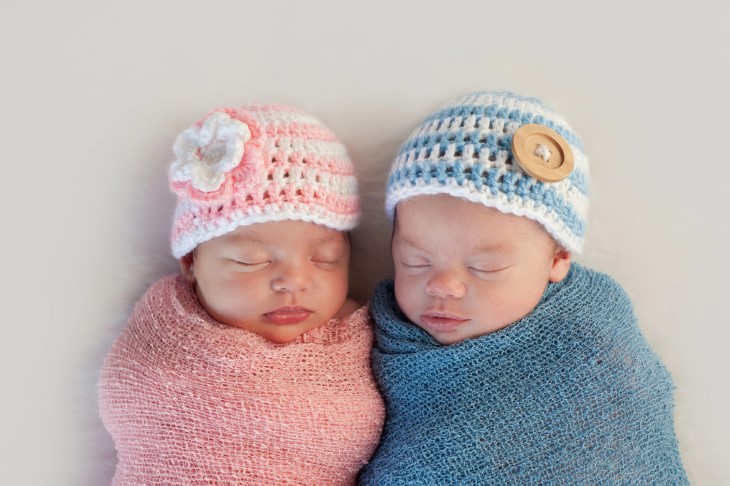
The assignment of blue to boys and pink to girls is a relatively recent development in Western society, with its roots in the 20th century. Initially, there was much fluidity in the colors used for infants, with historical accounts suggesting that pink, as a lighter version of red associated with strength, was originally deemed more suitable for boys, while blue, perceived as delicate and dainty, was often preferred for girls.
The shift towards the current color associations involved several factors, including changing fashion trends in the early 20th century that began to favor blue for boys and pink for girls, influenced by the preferences of the European aristocracy.
Retailers and manufacturers played a crucial role, with department stores by the 1940s starting to recommend specific colors for each gender, seeing an opportunity to increase sales through gender-specific marketing. This practice was further amplified with the advent of mass marketing and advertising post-World War II. Social and cultural shifts, including an emphasis on clear gender roles during the mid-20th century, reinforced these color codings as societies placed greater emphasis on distinguishing gender roles from a very early age.
The media also significantly contributed to cementing the association of blue with boys and pink with girls through influential publications and, later, television and movies, often depicting children in these color-coded environments, further normalizing the trend. It's important to note that these associations are not universal across different cultures and societies, and there's been a growing movement in recent years to challenge and rethink these color-gender norms, recognizing that they can be limiting and not reflective of individual preferences or identities.